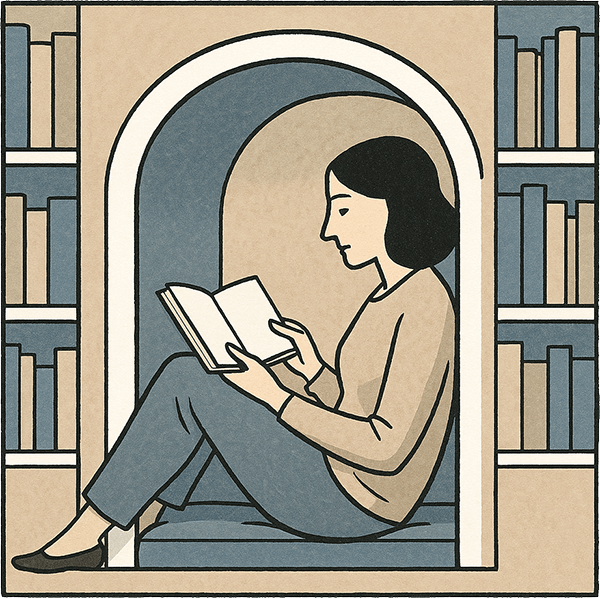The market for children’s books can be somewhat difficult for self-publishing authors to break into. Higher printing costs combined with challenging marketing demands create a bind for authors, who may be reluctant to invest in a book without any assurance that there’s a marketing plan with a strong chance of earning it back. But it’s far from impossible. Like anything else in self-publishing, it’s about learning as much as you can and working with experts. Traditional publishers market children’s books using decades of experience and a talented team of professionals—and there’s nothing to stop self-publishers from accessing those same resources.
But first and foremost, marketing a book is about knowing your audience. In a way, the market for children’s books is more complex, with different expectations for specific age groups. On the other hand, marketing to these groups is a bit more straightforward than targeting a specific audience of adults with different interests and preferences.
One of the first decisions you’ll need to make is what age group you’re aiming for with your book. Each one has different needs and abilities when it comes to comprehension. This will guide much of how you should aim to tell your story, and these types of children’s books all have their own established guidelines.
Age groups
Self-publishing children’s book author Karen Inglis said in an interview with The Creative Penn that there are three broad age groups under the umbrella of children’s writing.
From the youngest readers up to age 5, authors should focus on picture books, with no more than 1000, and ideally just 500 words, using illustrations to tell a story. Parents will read these books aloud to children. Between ages 5 and 7, early readers can approach their first simple chapter books, with up to 6000 words. From ages 8 to 12, children may read books up to 40,000 words with minimal illustrations. For readers older than 12, authors should start thinking in terms of YA (Young Adult), with a different approach that often has more in common with writing for adults.
Types of children’s books
WriteForKids.org divides children’s books into more specific categories that can be helpful for book marketing. It’s really about keeping your audience in mind and understanding what they can comprehend and engage with.
From birth to age 4, board books should include as little as 100 words, with under 10 words on each page. These might focus on simple concepts with a very gentle story arc, surrounding events young children can relate to, using simple, present-tense language. Goodnight Moon, by Margaret Wise Brown, is a great example of this category. Many of these books explore early learning concepts like counting, colors, and feelings.
From ages 3 to 8, picture books with up to 1000 words still rely on illustrations to tell much of the story. These could focus on a pre-school age protagonist who solves a simple problem, with some form of basic character arc. These books are still designed to be read out loud by adults while using simple language that children can understand. Story content can get slightly more complex here, depicting multifaceted challenges like getting ready for the first day of school. Some might explore more fantastical and imaginative themes, such as Where the Wild Things Are, by Maurice Sendak.
Ages 5 and up will read the most advanced picture books. For these picture books, the story arc can be a bit more complex, with multiple challenges for the protagonist. Past tense language becomes more acceptable for older children. Themes can be a bit more nuanced, thought-provoking, and challenging, though they should still be handled with care.
Early Readers
“Early Readers,” for children up to age 8, can contain a bit more text than is found in earlier picture books, with up to 3500 words, 32 to 64 pages, and simple text that is geared directly toward young readers instead of a parent reading aloud. Generally, an illustration will still be found on every page, or at least every other page. Themes here will remain light and focus on one basic idea, usually educational in nature. One example is Arnold Lobel’s Uncle Elephant.
Chapter books
Chapter books for the youngest readers, between ages 7 and 10, will start to include more complex storylines and subplots. They’ll often have few if any illustrations, but rarely go beyond 100 pages. They can include a range of levels of complexity, with word counts varying widely between 4,000 and 12,000. Classic examples include Charlotte’s Web or Roald Dahl’s books.
Middle-Grade Novels
Finally, acting as a bridge between children’s books and YA, are Middle-Grade novels. These include longer chapters, often have no illustrations, and have a much larger market of readers than earlier categories, with the potential to become quite popular. Protagonists are often two to four years older than the book’s readers. It’s the first of the categories to generally include a three-act story structure, with characters that can learn and grow through suffering. Unlike YA, romantic content is kept to a simple crush at most, and the ending should be relatively optimistic. Holes, by Louis Sachar, is a great example of a Middle-Grade novel.
With all these books for older children, keep in mind that protagonists tend to be at the upper range of the readers for a given book—Middle-Grade novels might feature a 12 to 14-year-old protagonist, for example.
The key to marketing any book is to know your audience, and this should always be kept in mind from the start of the writing process. But it’s particularly essential when writing for younger readers. The first step is to understand how your book will fit into these types of children’s books, which provide an established and widely understood guideline for the parents that will be buying your book.




